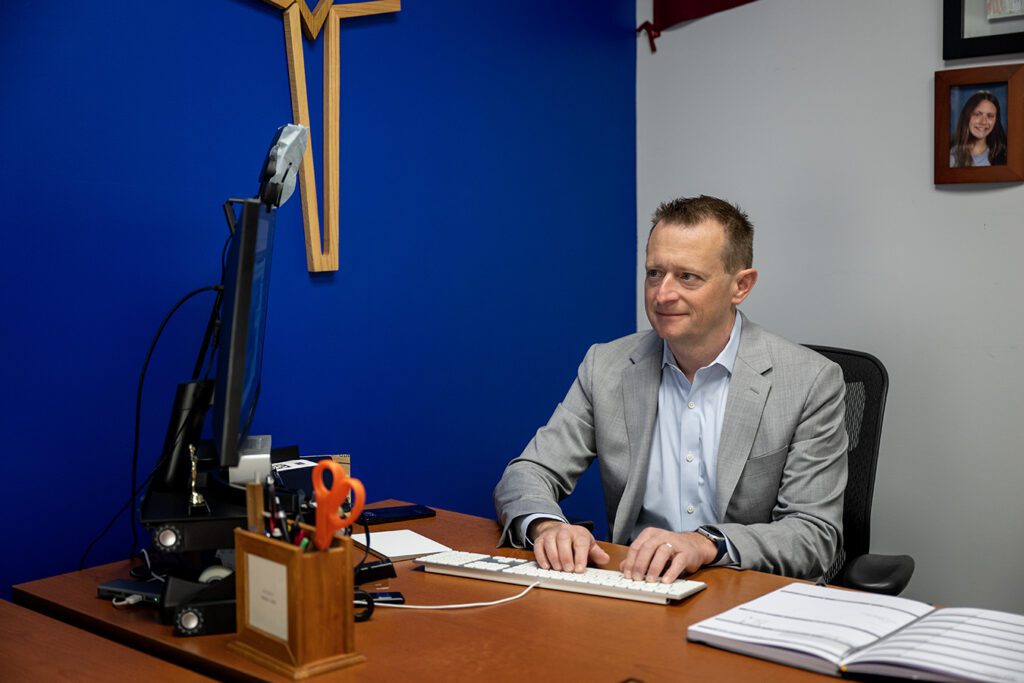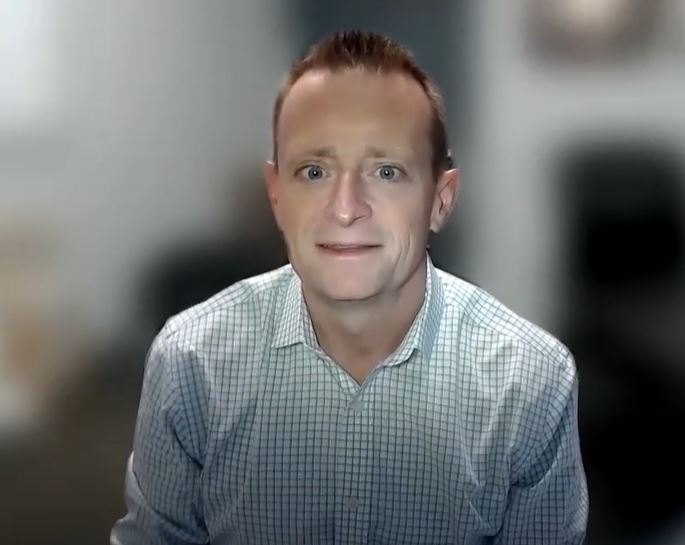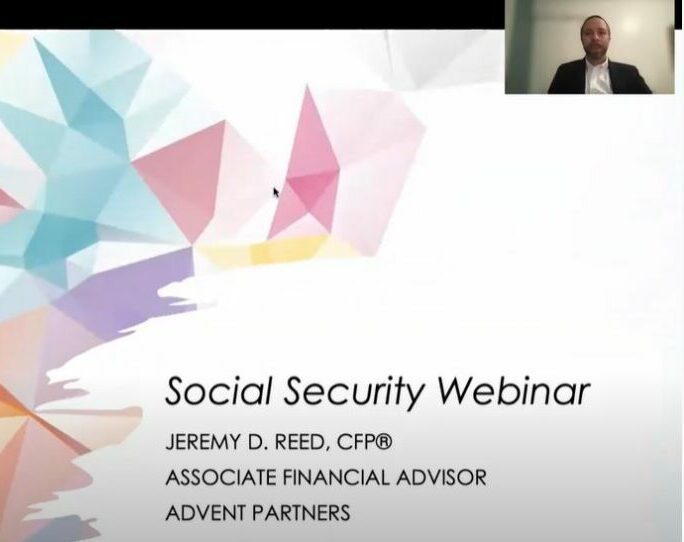“Use your imagination. Wave a magic wand. If there were some things you could do for the kids in the school where you used to teach, what would they be?” I asked this question one afternoon to one of our dear clients. She’s a retired teacher and had begun to think about what she would do with money she had saved her entire life. We had come to the conclusion that there would likely be some money left over at the end of her life.
She was thoughtful and quiet. We wrapped up the meeting and agreed to sit down again and revisit the conversation when she returned to our office in a few weeks. At our next meeting, she pulled out a small piece of paper from her purse that had six things listed on it.
“Jim, these are the things I would like to take care of. Can we figure this out?”
The answer ended up being “yes” however the more remarkable part of this journey is the quiet anonymity that has ensured that somewhere in eastern Pennsylvania there is a school district whose elementary students’ field trips are funded. Forever. New books will be purchased annually for the elementary libraries. Forever. Classroom teachers will be able to buy classroom supplies and not use their own funds as they do now. Forever. There are a few other special parts to this story and you get the idea. Believe it or not, these were simple things that by aligning the right resources in the right situation, very neat things can happen.
I wish we all had incredible resources and while these projects took some funds, it’s not nearly as much as you might think.
I worry that when we think about charitable planning—particularly creating a charitable legacy, it seems so daunting and there must be so many barriers to be surmounted, that oftentimes these intentional thoughts never progress further. They simply remain big ideas that seem difficult to put into place.
However, I would typically argue a few points on this. First, there is no perfect plan and while forever is a very long time, most charitable plans can change and evolve. Very little is set in stone until the day you die and even then that’s not necessarily the case. If you’re thinking about a charitable giving plan that can outlive you, put something in place sooner. It’s certainly okay to go back and revisit and make changes. Whether it’s fine tuning a plan or starting over, it’s okay. Still doing something is better than nothing.
Second, I think we evolve in our thinking. Today, as the parent of two children, it’s a little challenging to consider my own charitable legacy plan. If I die sooner, and particularly if both Julie and I die young, our resources will be needed to raise our children. And again, back to my first point, having something in place is better than nothing and hopefully Julie and I will have time to not only improve our plan but add to it once we see our resources might be in a surplus as our kids grow up and become financially independent and once we reach a comfortable retirement as well.
Third, get some help on this. There are plenty of resources to help you here. Obviously a financial advisor who has tremendous experience on these matters or perhaps carries the Chartered Advisor in Philanthropy (CAP) designation can help. In my community, we have a community foundation. Many church denominations have national foundations to assist in this area. Also many of the charitable institutions and organizations you might want to create a legacy for will have staff and or resources to help enable these solutions.
If you’ve ever wanted to have a conversation or at a minimum, give voice to benevolent intent, reach out to someone and start the conversation.







